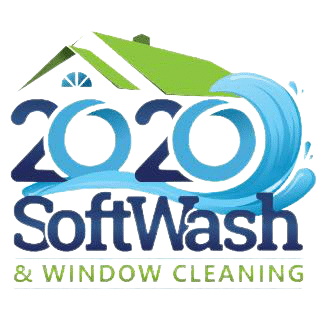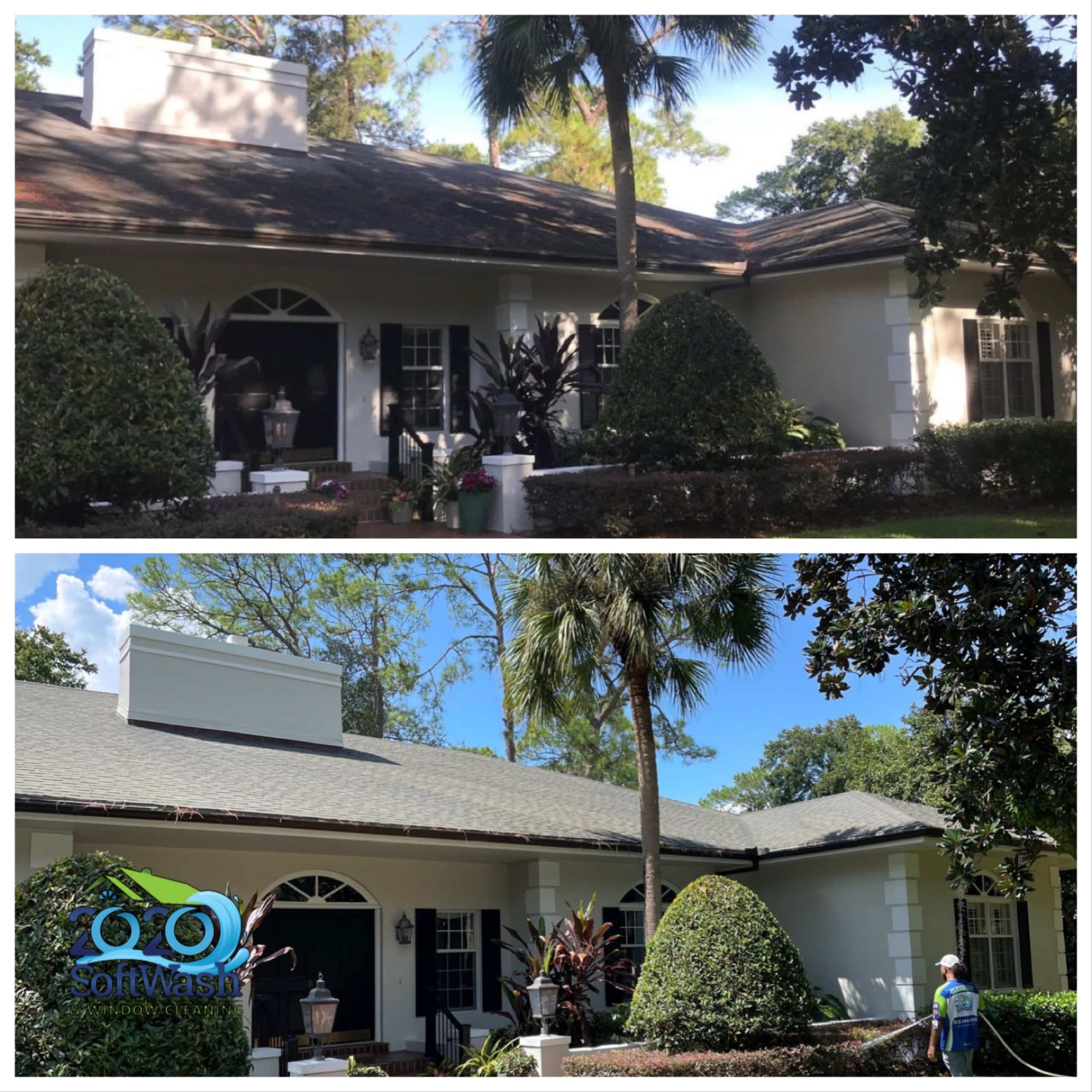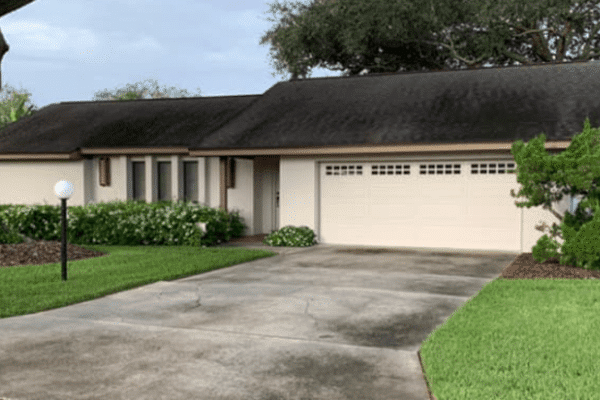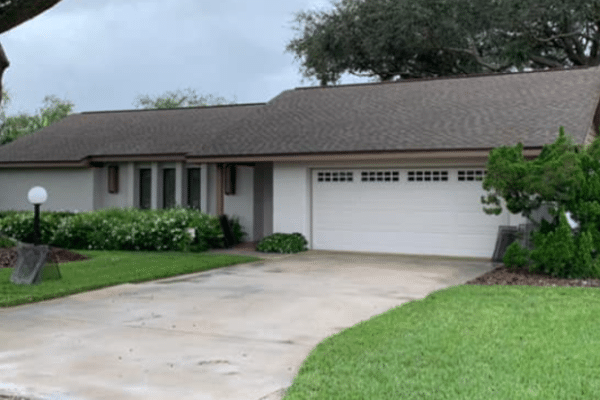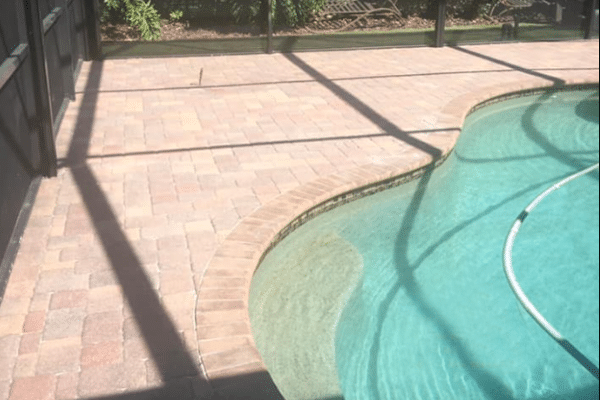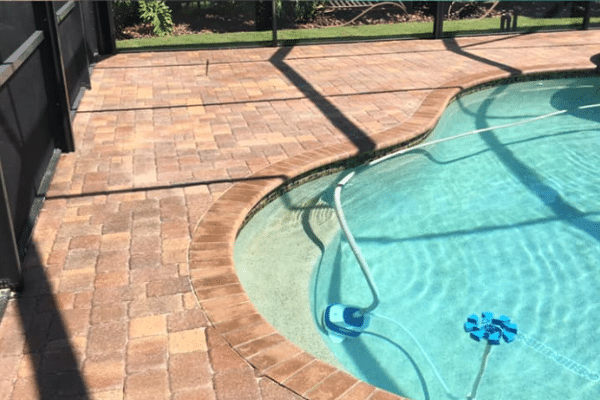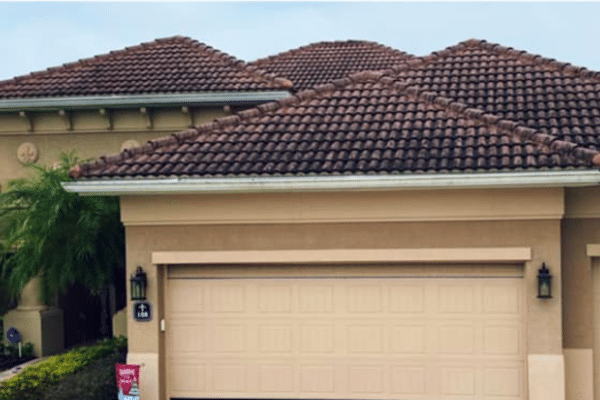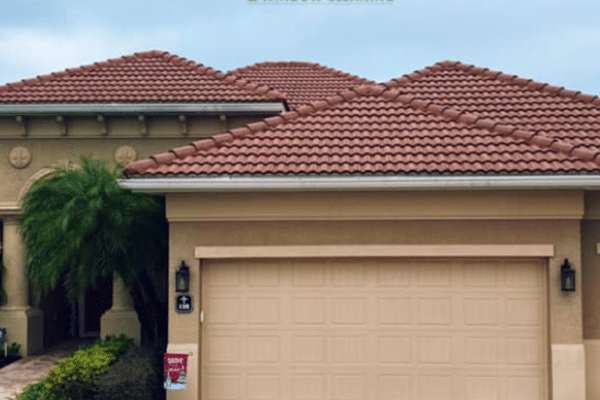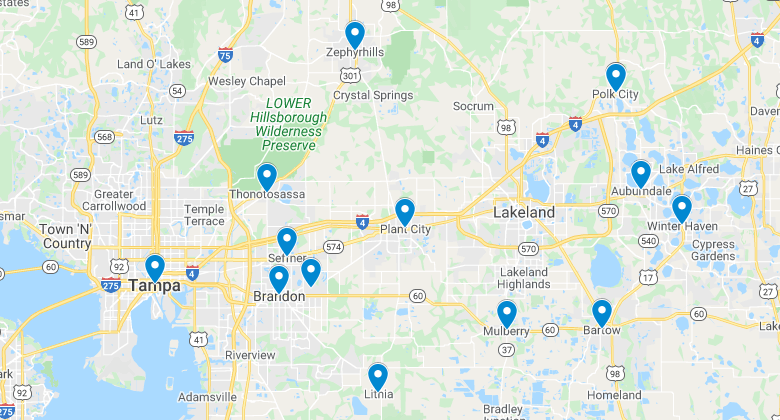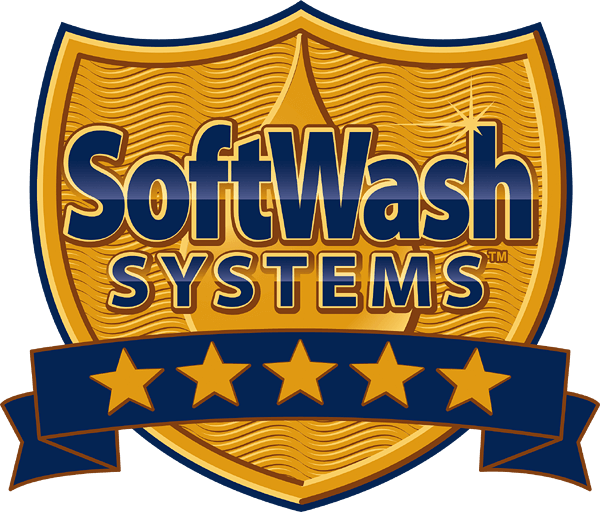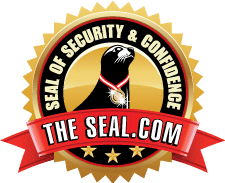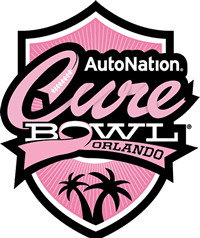Sodium hypochlorite, commonly known as bleach, can be used to clean roofs, but its safety depends on the type of roofing material you have. Some roofing materials, such as metal roofs and natural stone like slate roofs will require either no bleach at all or a very weak mixture of bleach.
Before using sodium hypochlorite on your roof, it’s important to check the manufacturer’s recommendations for your roofing material and to take precautions to protect surrounding plants and surfaces. It’s also a good idea to test the bleach solution on a small, inconspicuous area of the roof first to ensure that it won’t cause any damage.
Keep in mind that while sodium hypochlorite can be effective in removing algae, moss, and other organic growth from roofs, it is important to use it properly and follow all safety precautions to avoid damaging your roof or surrounding environment.
Finally, the Asphalt Roofing Manufacturing Association recommends cleaning with bleach. The most effective method of cleaning algae and moss from a roof is with a 50:50 mix of laundry strength liquid chlorine bleach and water. Apply with a sprayer and allow the solution to dwell on the roof surface for 15 to 20 minutes, and then rinse thoroughly with low pressure water. Extended dwell times may be necessary, however, avoid letting the solution dry completely as this may prevent complete rinsing.
Take proper precautions to protect landscaping and surrounding areas from the chlorine bleach solution. Use appropriate personal protective equipment when working with chlorine bleach. Algae will disappear and wash away with subsequent rains. Moss will loosen over time and may be removed with a leaf blower. In severel cases, it may take more than one bleach treatment to kill all of the moss. Never use a pressure washer to clean an asphalt shingle roof as this will cause granule loss and very likely premature failure of the roof system.
